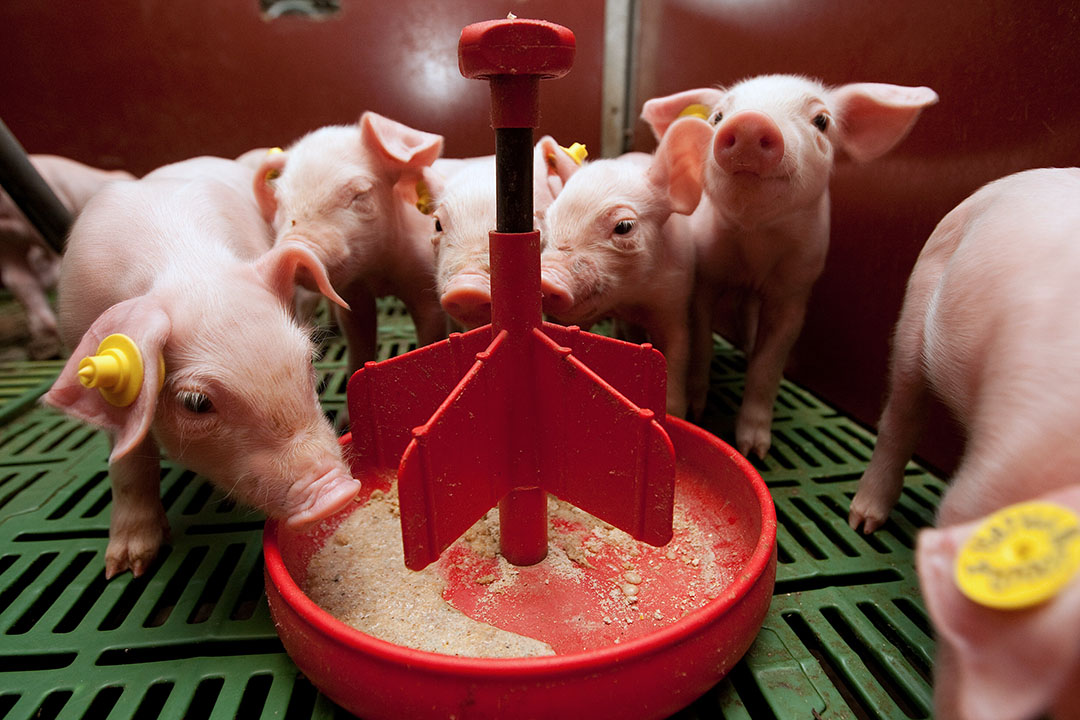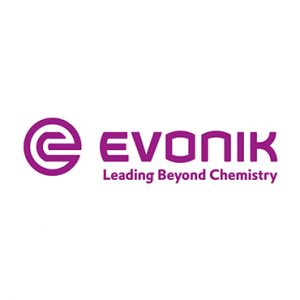SID lysine requirement for high lean weanling pigs

A new study on the standardised ileal digestible (SID) lysine requirement for high lean weanling pigs confirms the industry recommendations.
The mean standardised ileal digestible (SID) lysine requirement for 7-15 kg weanling pigs of the high-lean genetic line fed corn-soybean meal-based diets to optimise body weight gain and gain to feed ratio is 1.42%. This is the conclusion of a study conducted at the experimental pig farm of the University of Manitoba in Canada. In recent years, SID lysine levels fed to weanling pigs have been reported ranging from 1.32 to 1.54%. This discrepancy can be attributed to factors such as genetics, sanitary conditions and the different statistical methods used for data analysis. So, a study was set up to determine the SID lysine requirement for Topigs (TN Tempo×TN70), a genotype bred for more efficient body weight gain and robustness.
Experimental design
A group of 144 pigs (initial body weight (BW)= 6.51 ± 0.56 kg) were weaned at 21 days of age and assigned to 1 of 6 dietary treatments with increasing concentrations of SID lysine from 1.00 to 1.80% achieved by adding crystalline L-Lys·HCl at the expense of corn starch. Diets were isoaminoacidic (except lysine) and formulated to meet the requirements of Evonik (AMINOPIG1.0). Pigs were allotted to dietary treatments with 8 replicate pens/treatment, consisting of 3 pigs/pen (4 replicates per each sex). Pigs had free access to feed and water. Feed intake and BW were recorded weekly until day 21 to calculate average daily gain (ADG), average daily feed intake (ADFI), and gain to feed ratio (G:F), and blood samples were collected at days 0, 14, and 21.
Orthogonal polynomial contrasts were used to test the linear and quadratic effects of dietary SID lysine concentration. The SID lysine requirement was estimated with all replicates using a linear broken-line, a quadratic broken-line, and a quadratic model using the NLIN procedure of SAS, but the quadratic broken-line model was selected as the best fit model.
Results and discussion
There were no significant differences between sex for any parameter across all phases. Also, no differences were observed among treatments for the first week of the trial in ADG and ADFI. However, there was a quadratic increment in G:F ratio (P < 0.05) when the SID lysine concentration in the diets was increased. From days 7 to 14, a quadratic increase in ADG and ADFI (P < 0.05) was observed and a linear increase (P < 0.05) of G:F of weanling pigs as the dietary SID lysine concentration was increased. During the last week, from days 14 to 21, there was a quadratic increase (P < 0.05) in ADG and G:F. For the whole period, increasing dietary SID lysine increased the final BW, ADG and G:F linearly and quadratically (Table 1).
The ADG for pigs fed the 1.48% SID lysine diet was 36% greater compared to pigs fed the lowest (1.00%) SID lysine diet. Also, pigs fed the 1.48% SID lysine diet had a 21% higher G:F compared to those fed the lowest (1.00%) SID lysine diet. The PUN concentration was similar across treatments at day 0, whereas at days 14 and 21 PUN decreased linearly and quadratically (P < 0.05) as the SID lysine level increased. Plasma urea nitrogen is used as an indicator of protein utilisation and thus its concentration indicates the utilisation of AA either for anabolic or catabolic purposes. As observed in this study, the PUN concentration declines as the dietary lysine intake increases up to a point where the lysine requirement is met, indicating more efficient utilisation of AA.
Figure 1 and 2 – SID Lys requirement for 7 to 15 kg pigs to optimize average daily gain (ADG) and gain to feed ratio (G:F) using quadratic broken line mode.

Click here to enlarge this figure
Using the values for ADG observed during the entire experimental period, the SID lysine requirement was estimated at 1.38% using the quadratic broken-line model (Figure 1). For the overall G:F, the quadratic broken-line model estimated the optimal level of SID lysine to be 1.46% (Figure 2). This results in a mean SID lysine requirement of 1.42% for 7-15 kg weanling pigs with a high lean genetic potential, which is higher than the value of 1.35% SID lysine requirement suggested by NRC (2012), but closer to the recommendations of Topigs (1.34-1.39% SID Lys) and Evonik (1.37%) designed to optimise growth performance.
Authors: J. C. González-Vega and J. K. Htoo, Evonik Operations GmbH, Hanau-Wolfgang, Germany











